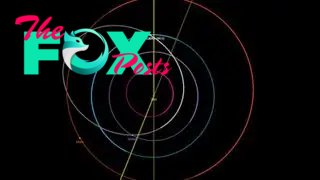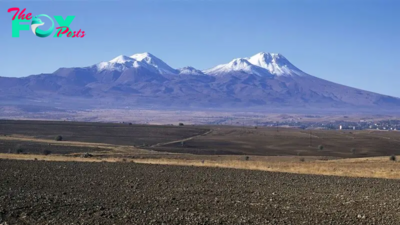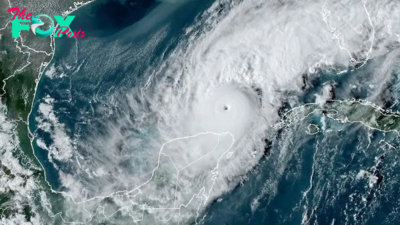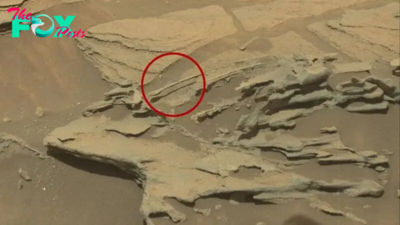Science
2,000-foot-wide 'potentially hazardous' asteroid has just made its closest approach to Earth — and you can see it with a telescope
A "city-killer" asteroid has just made its closest approach to Earth since records began, sailing safely past our planet at more than eight times the average distance between Earth and the moon. Despite being classified as "potentially hazardous," the gigantic space rock poses no threat to our planet. But for the first time ever, it will be visible via amateur telescopes over the next three nights (April 15 - April 17).
The hefty asteroid, named 2013 NK4, is around 2,000 feet (610 meters) wide, making it about twice the size of the "god of chaos" asteroid Apophis, which will make a superclose approach to Earth in 2029, EarthSky reported.
The space rock made its closest approach to Earth at 10:50 a.m. EDT Monday (April 15), when it reached around 2 million miles (3.2 million kilometers) from our planet, according to NASA's Jet Propulsion Laboratory (JPL). At the time, it was traveling at around 37,000 mph (59,000 km/h).
The asteroid is big enough to destroy a large city and cause serious environmental impacts if it were to smash into Earth. According to NASA's calculations, the space rock will likely never get anywhere near impacting Earth. However, due to its size and proximity to our planet, it is still considered a potentially hazardous asteroid.
While the asteroid poses no threat to Earth, its close approach is still of great interest to astronomers, who are currently tracking the space rock with radio telescopes. They hope to capture specialized radar images, known as delay-Doppler images, which should help shed more light on the asteroid's size and shape.
Related: 'Planet killer' asteroids are hiding in the sun's glare. Can we stop them in time?

But you don't have to be a professional astronomer to take a peek at this space rock. The asteroid will be visible to anyone with a decent astronomy telescope until April 17. However, due to its orientation relative to Earth, the asteroid will be most clearly visible on April 16 and April 17, according to EarthSky. You can find out where it will be in the sky by using TheSkyLive.com.
-

 Science1w ago
Science1w agoYou Won’t Want to Miss October’s Rare Comet Sighting. Here’s How and When You Can See It
-

 Science3w ago
Science3w agoA New Spacecraft Could Help Determine if There’s Life on a Moon of Jupiter
-

 Science3w ago
Science3w agoWe Can Thank Deep-Space Asteroids for Helping Start Life on Earth
-

 Science4w ago
Science4w agoStranded Astronauts Set to Come Home After SpaceX Capsule With Extra Seats Reaches ISS
-

 Science4w ago
Science4w ago'Every volcano has its own personality': Mystery Mount Adams earthquake surge under investigation
-

 Science4w ago
Science4w agoEarth's crust may be building mountains by dripping into the mantle
-

 Science4w ago
Science4w agoHow strong can hurricanes get?
-

 Science4w ago
Science4w ago32 things on Mars that look like they shouldn't be there


























